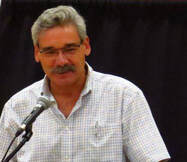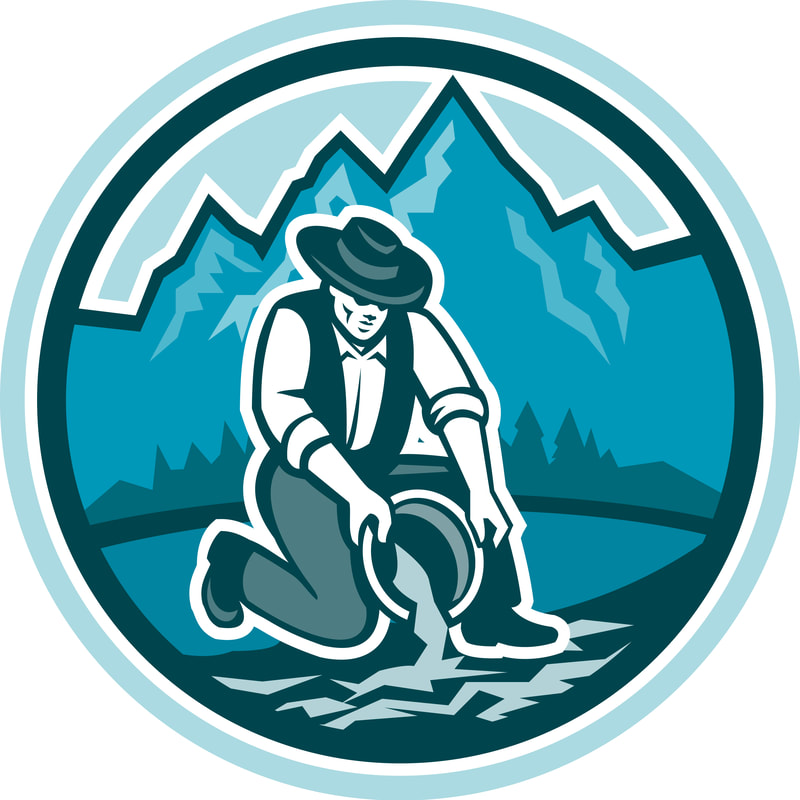 The “Dease Lake Extension” railway project, started in 1970 in northwestern British Columbia, was abandomed in 1977 after costs soared five times the original estimate to $360 million (over $1.5 billion today), inciting strong opposition from British Columbia Railway. By then, the rail grade had reached Dease Lake with only the first 84 km on the southern end operational and, with the end of the project, it became known as the “Railway to Nowhere.” Is it time perhaps to look at reactivating the Railway to Nowhere project and upgrade the railway to today’s national standards as far as Watson Lake, Yukon? This would immediately trigger the development and construction of the railway link through the Yukon and into Alaska to join up with the existing Alaska railway system. There is interest in this link at the federal level in both countries as well as the territorial level in the Yukon and Alaska. In 1973, Canada had agreed to share 50% of the costs of the three-section Dease Lake Extension with BC, but BC Rail management rejected the proposal. The first section of 117 kilometers from Odell, 30 km north of Prince George, to Fort St. James was completed in 1968 at a cost of $18.5 million. The next 130 km from Fort St. James to Leo Creek (south end of Takla Lake) was completed in 1973 after $23million was spent on construction. Construction on the third section, 540 km from Leo Creek to Dease Lake, began in 1970 and, by 1975, the railway was operational to Bulkley House (north end of Takla Lake), a distance of 84 kilometers. Track had been laid as far as Chipmunk Creek, 170 km north of Bulkley House, and the subgrade was completed on the remaining 286 kilometers to Dease Lake. Total capital expended on the last section was $160 million and required an additional $160 million to complete. The final leg of 240 km from Dease Lake to Lower Post (Watson Lake) was surveyed but no construction had commenced. Total dollars spent during construction was $360 million, or, in today’s equivalent, $2.5 billion. The railway is currently used to transport logs to mills in the Prince George area. A recent study, “Alaska-Canada Rail Link Economic Benefits,” published by the University of Alaska, indicates that, once constructed, BC alone could see an additional 29,000 to 34,000 direct, indirect, and induced full-time employees earning wages and salaries estimated between $2 billion and $2.5 billion, and generating income tax revenues estimated at about $200 million. New rail-tourism opportunities that encourage overnight stays, First Nations culture, and scenic side tours would be enormous. The entire resource sector would experience significant benefits with greater access to minerals, oil and gas and forest resources, more economical shipping options, and better options to energy sources. Using 2017 railroad engineering and construction cost benchmarks from Compass International, the estimated costs for upgrading the existing line from Odell to Dease Lake would be approximately $500 million and to complete construction from Dease Lake to Watson Lake Yukon would be an additional $300 million
0 Comments
 After the new government of Gordon Campbell was elected in 2003 it implemented a task force to investigate restoring the mining industry in British Columbia. Subsequent actions and reform implemented by that government resulted in a resurgence of mining. These times brought a potential for prosperity in BC that still has economic benefits to this day. Despite the successes of those recommendations, mining is again under attack in BC, with more red tape and roadblocks being created to frustrate the Notice of Work process. To quote the mining task force report of 2003: “The task force acknowledges”: 1- The part time and occasional nature of much of the provincial placer mining activity. 2- the duplicate and overlapping interests of the Federal Department of Fisheries and Oceans and the province regarding the highly sensitive issue of protecting fish habitat. 3- the significant regulatory costs incurred by MEM relative to modest provincial revenues from the sector. 4- The need to ensure “ best practices” among placer operators.” Furthermore, the task force went on to recommend a number of common-sense changes for the placer mining industry: a-The Task Force recommends a greater degree of deregulation in the placer mining industry for smaller operators (to be defined as those disturbing less than X hectares of ground and/or less than Y cubic meters of material per year, following consultation), including associated approvals from other agencies. b-The Task Force recommends defining such smaller operations as not constituting a mine under the Mines Act; therefore, no regulation would be required by MEM for such activities. c-The Task Force recommends MEM grant placer miners Free Miners’ Certificates conditional upon the payment of a fee and the passing by the applicant of a test demonstrating knowledge of — and a commitment to — best placer mining management practices to be developed by MEM. d-The Task Force recommends the government eliminate placer designation areas in the province, thereby allowing placer mining to operate in a two-zone land use regime of mineral exploration and mining activities like other mining sectors in B.C. In addition, the task for also recommended that “Provincial requirements for land use plans, permitting, bonding and reclamation should be consistent and competitive with other mining jurisdictions.” among other recommendations to reduce complexity and confusion in the mining community. Despite the resurgence of mining in BC after 2003, the complexities of the permitting process has become discriminating in recent years. Reclamation Bonds continue to be confusing and costly. The process almost seems designed to eliminate small scale operations altogether. New guidelines for the prospector such as outlined in update 38 are overwhelmingly prohibitive. In effect the government is holding small scale placer operations to the same level as large-scale mining projects. There appears to be an effort to regulate the placer miners out of business and out of their Constitutional right to work. It is clear that politics, not science is dictating policy in Victoria. Our constitutional rights are also our duty to protect from those who would corrupt by punitive regulations in their own ignorance of scientific fact. Read more about it here |
Archives
July 2024
Categories |

 RSS Feed
RSS Feed